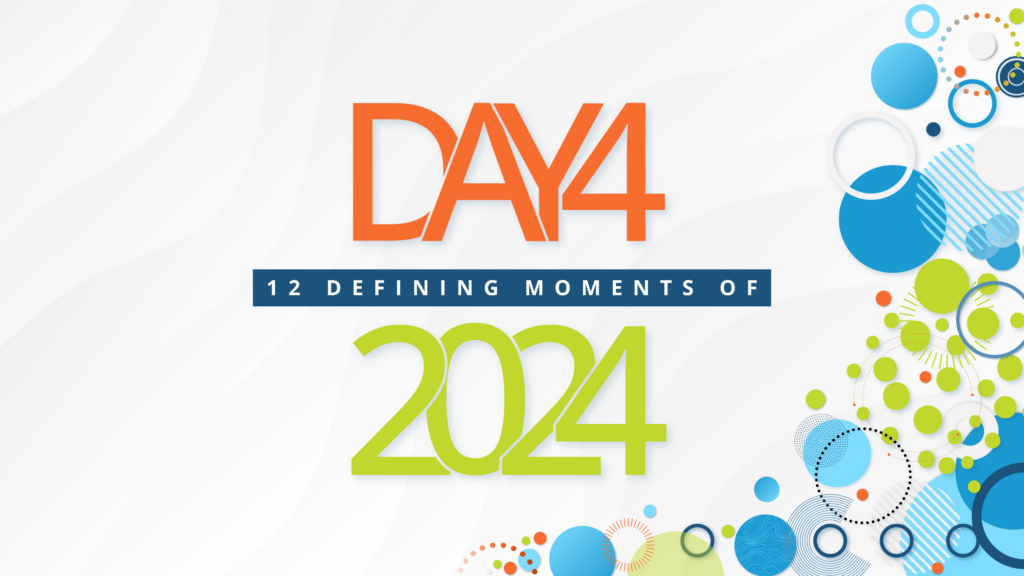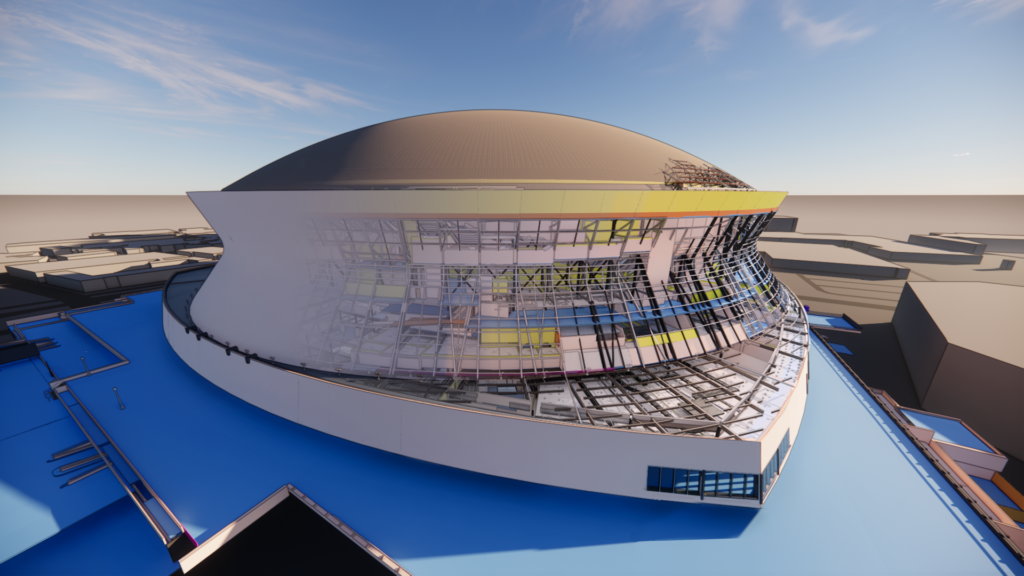A New Era of 3D Data Management

When we think of “3D”, most of us recall our first IMAX experience or maybe seeing Black Panther over the weekend. However, 3D applications — the capturing of our experience of reality in all its depth, color and contour on a two dimensional plane — have been with us since Paleolithic humans began overlapping figures in cave paintings.
3D techniques have gone through several waves of historical progress, from the mastery of shadowing in classical art to a remarkable leap in the development of perspective during The Renaissance. We are in the midst of another wave now, and it’s not just about 3D movies (though they are indeed very cool).
Using drones for 3D renderings has opened up new possibilities to not only see our world recreated, but to explore and understand it in new ways.
From the AEC industry (architecture, engineering and construction) to ecological preservation and geospatial research, the use of drones to capture 3D imagery, laser scans, point clouds, LiDAR sets and other scanned information is generating entirely new data models and insights.
ToPa 3D addresses a big data problem
As with every new opportunity, new problems emerge. One of the biggest challenges facing pioneers in the drone/3D field is handling the sheer amount data generated for each project.
A recent article in SPAR 3D written by ToPa 3D’s founder and CEO, Paul Tice, explores this subject along with a review of Media Shuttle, Signiant’s SaaS solution for high speed file transfers.
ToPa 3D, located in Portland, Oregon, has a diverse team that draws on two decades of experience in Computer-Aided Design Systems, 3D Technology, and Multimedia Production. They’ve had the opportunity to work on some amazing and unique projects including historic architecture preservations, natural disaster recovery and even 3D laser scans of archaeological sites in Oregon’s Paisley Caves.
As their projects and accompanying data sets continued to grow, they began looking for better means to move data from project locations back to their headquarters and between editors, data scientists and other project participants. ToPa 3D heard about Signiant and we ended up speaking with them about Media Shuttle. Here’s how Paul Tice explained our meeting in his SPAR 3D article:
“About a month ago, ToPa 3D was introduced to Signiant so we could test out their Media Shuttle software and compare it to the FTP services we’ve used in the past.
“When I told them that our 3D scan and photogrammetry projects can range from 50GB to a terabyte (or more) in size, they confidently offered the use of their platform, noting that what we do might be a perfect fit for what they have.”
Paul Tice goes on to give a very thorough review of Media Shuttle technology. As someone who writes about this space most everyday, I was impressed by his breadth and clarity.

Media Shuttle ‘Submit’ Portal
Paul Tice’s review of Media Shuttle
Starting out with an overview of the file transfer solutions ToPa 3D has tried, including FTP, Google Drive, Dropbox, Box, and Amazon S3 server, Tice then explains Signiant’s acceleration protocol with accuracy and useful analogies. He rightly notes that our technology is made for large file transfers, especially over distance:
“Where users will start experiencing speeds several orders of magnitude higher is when they transfer large files over large distances, such as between states or countries. Whether going local or far away, we are sold on Signiant’s simplicity of use and the management options provided by their Media Shuttle software.
“We can start uploading and forget about it, since through Signiant, we have a few different ways to track our data package transfers and we aren’t limited by file size whatsoever—a huge plus with the type of data we work with.”
Finally, even though Tice and team only trialed Media Shuttle, he goes on to explain our entire product suite. Granted, that’s only three products. But still, he recognized their essential use cases including the benefit of incorporating cloud storage and for enterprises that need automated transfers between locations.
Overall, we were very impressed with Tice’s insight into our technology space and how it can be applied to his emerging industry. It’s companies like ToPa 3D that are paving the way for others.
In conclusion, a big thank you to Paul Tice and team for taking the time to thoroughly review Media Shuttle and to Tice for writing up such a thoughtful article on SPAR 3D. His conclusion?
“Signiant’s accomplishments, and its part in bringing light to new methods for data transfer, are getting the attention of major players in the media industry. With their entry into a new market vertical with AEC, we may be witnessing just the beginnings of a new era of 3D data management.”



Drones are capturing 3D imagery for a wide range of applications